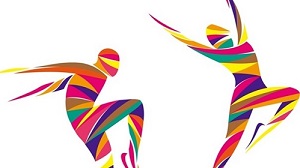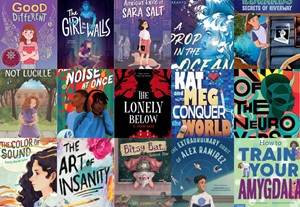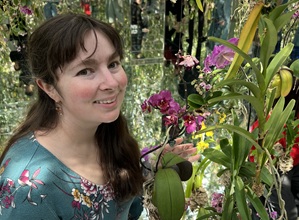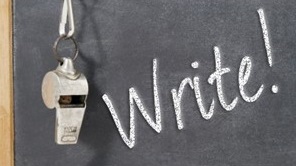Integrating Movement Into Writing Practice
As I prep for the retreat/workshop hybrid I’m facilitating with Padma Venkatraman, Movement for Body and Story, I’ve been thinking a lot about the ways I integrate this topic–movement–into my writing practice. The more I think about it, the more I come up with. (Somebody stop me, or we’re going to need a bigger workshop….)
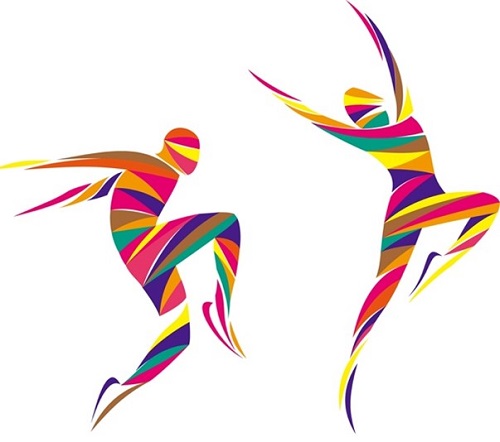
So for instance, at the story level, there is the movement of plot. How do I parse out the events of my story in a way that satisfies the reader while also maintaining the kind of (hopefully page-turning) pace I want for any given project?
And within that, looking at sentence level mechanics, I think about rhythm and flow, which are their own kinds of movement. How can I manipulate my word choice, phrasing, sentence structure, and transitions in a way that creates the most seamless reading experience possible? I’m a big believer in the grace being in the details here. Good sentence mechanics can do just as much to move your reader through the story as compelling plot points will.
Characters Move Physically Through the World of the Story
Characters move too, of course. They move physically through the world of the story, and in that regard, require blocking, like actors in a play. I often use my own theater background to help me translate my characters’ on-stage movement into on-page movement. It’s not unusual to find myself standing (or walking, or crawling) around my office, acting out a scene, or a particular bit of physical business, so I can then give it to my character more completely.
Characters also move in a figurative way, as they experience the growth, and the emotional arcs we give to them. In that light: am I creating enough “runway” at the beginning of my story, i.e., giving my character enough room in which to grow and change by the end? And, how can I communicate that internal journey (or movement) in a way that is just as compelling and clear as the story’s external action?
But wait, there’s more!
Making Movement Part of Our Creative Practices
All of the above is about story elements, but I’m also thinking about the literal and figurative movement that we can (and do) make a part of our individual creative practices.
I don’t know if it’s apocryphal or not, but I like the notion that Einstein came up with the theory of relativity while riding his bike, and moreover (perhaps) because he was on the move. Certainly, there are advantages to getting up from the desk and going out for a walk, or workout, or even just a stretch. It can refresh the brain and the body at the same time, or even just be a way to chase off the afternoon sleepies when we’re trying to stay productive.
Full disclosure: I’m not so good at following my own advice about walking away from the desk. But I do have a so-called sit-to-stand treadmill workstation in my office, and I love it. It allows me to spend various parts of my workday in my chair, on my feet, and (slowly) walking as I peck away at my story in progress. Quite often, that kind of variety of movement is what makes the difference for me, between a shorter, less productive day and a longer, more productive one.
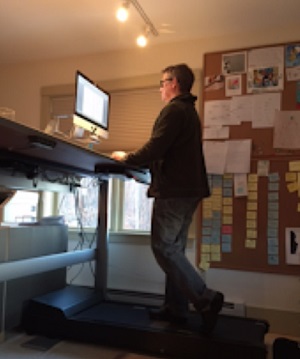
Lastly, I’d say that creativity itself is (in one way of looking at it) about the movement of creative energy through my psyche, and about finding ways of making that happen. When I’m stuck or unproductive, there’s a certain feeling of stagnation, of non-movement, that comes with it. In which case, what are the ways I can jump-start myself when I just…don’t…feel…like…writing?
I’ll be getting into more specifics about that (and all of the above) in our workshop later this month, but I will say that the solutions are often just a short think away. As daunting as the process can be, I live by the philosophy that there is always, always, something I can do to move my story along, if I put my mind (and body) to it.

